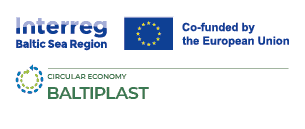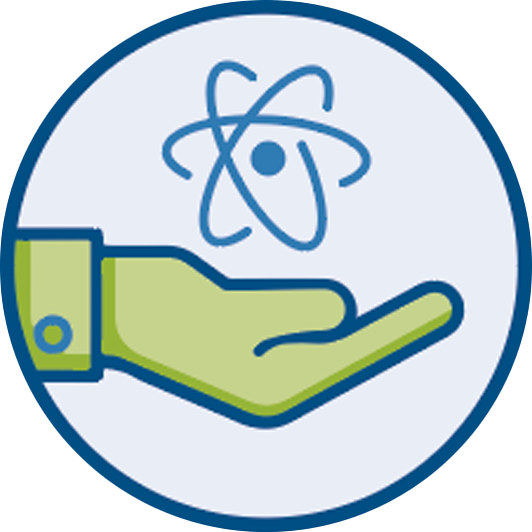
Mindset Matters: How BALTIPLAST Is Embedding Circular Thinking Across the Baltic
21 October 2025
Every year, around 12 million tonnes of plastic enter our oceans — and the Baltic Sea is among the most vulnerable. The BALTIPLAST project is helping to change that by showing how businesses and cities can measure, reduce, and ultimately rethink their single-use plastic footprints.
At the Sardinia Symposium 2025, BALTIPLAST partners presented the latest project results — including the BALTIPLAST Inventory Tool and the Strategic Framework for Circular Transition. Together, these tools demonstrate that data, strategy, and collaboration can turn sustainability goals into measurable outcomes.
Measuring Impact: The BALTIPLAST Inventory Tool
Developed to help companies identify and act on their plastic “leverage points,” the Inventory Tool enables organizations to quantify both plastic and carbon footprints. Participating companies reported impressive results:
- 39–66% reductions in CO₂ emissions through reuse, refill, and behavioral change initiatives.
- 26–46% cost savings from reduced procurement and waste management needs.
The message is clear: sustainability pays off — environmentally and economically.
Shifting Mindsets: The BALTIPLAST Strategic Framework
Reducing single-use plastics is not only about materials, but also about mindsets, governance, and collaboration. The Strategic Framework supports cities in adopting what BALTIPLAST calls strategic and soft solutions — approaches that embed circularity in daily practices and decision-making.
A standout example comes from Tallinn, European Green Capital 2023. With BALTIPLAST’s support, the city successfully transitioned its public events from single-use to reusable systems, combining data-driven insights with behavioral engagement. This shift shows how soft solutions can deliver significant results: less waste, lower emissions, and greater public ownership of sustainability goals.
Toward a Circular, Low-Carbon Baltic Sea Region
As BALTIPLAST scales its methods across the region, the next step is policy integration — embedding local innovation into long-term frameworks for a circular and low-carbon economy a task that we are undertaking in the framework of our strategic solutions.





